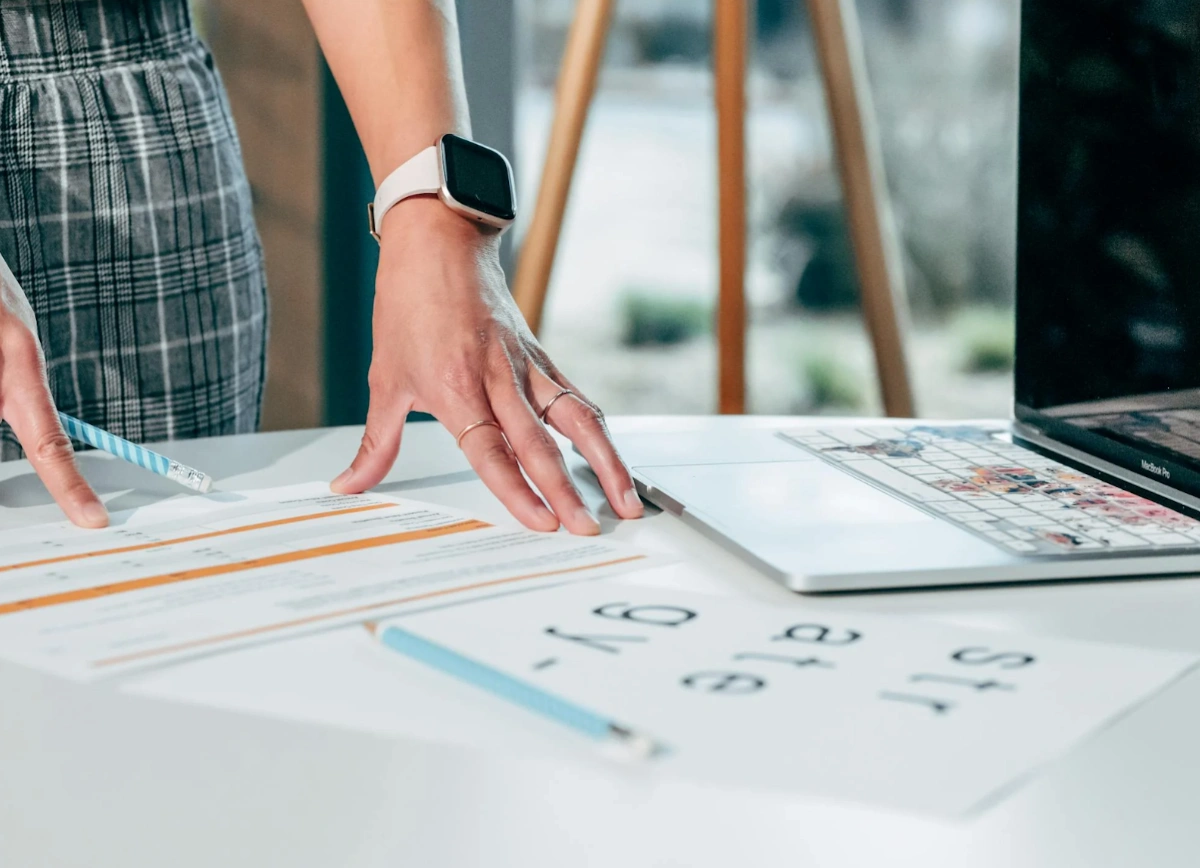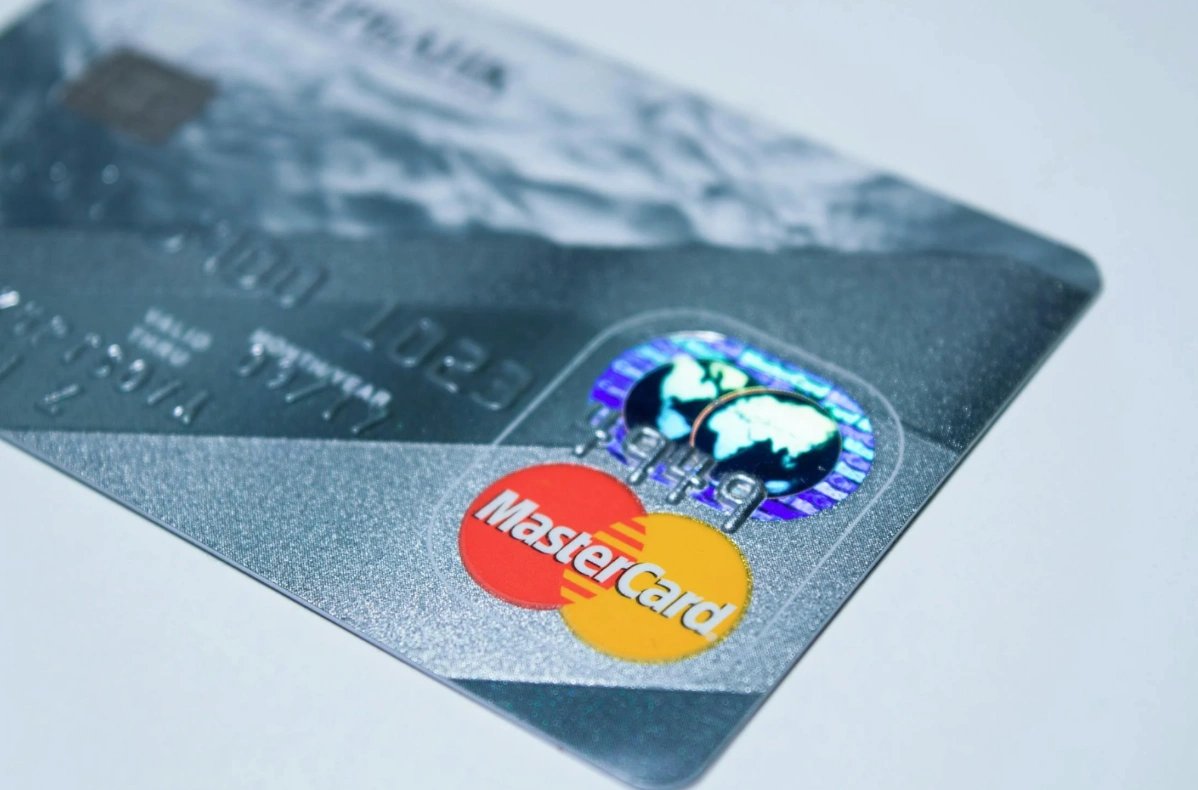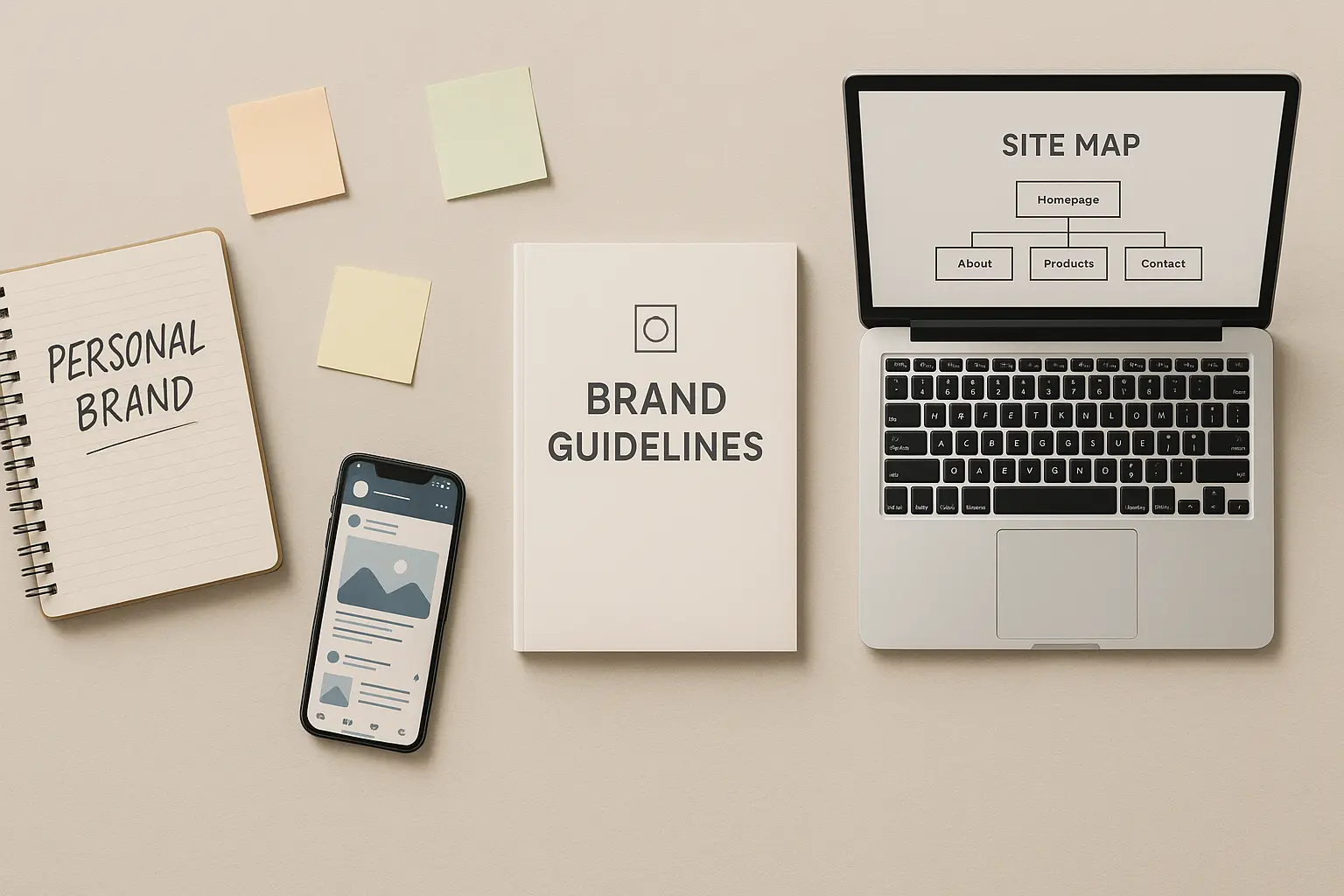Logo Redesign Without Losing Brand Equity: The Playbook for a Low-Risk Refresh
Updated on
Published on

A logo carries muscle memory. Change it carelessly and you shake the hand people think they know; evolve it wisely and you make the grip firmer. If you’re aiming for a logo redesign without losing brand equity, the path is evolution, not reinvention—sharpen what’s already distinctive, modernize for screens, and keep recognition intact. The trick is to refresh the logo, keep brand equity, while your brand stays unmistakably you.
At-a-Glance
- Preserve distinctive brand assets first; evolve form, don’t erase it.
- Test recognition before and after—baseline, concept, and in-market.
- Roll out in phases with airtight internal/external comms.
- Close the loop: track recall, sentiment, and business impact.
- Mind the plumbing: icons, favicons, schema, and 301s.
Why You Should Evolve Your Logo, Not Rebrand It
Clarity beats novelty: when you evolve a logo, not rebrand, you protect the memory structures buyers already use to find you on shelves and screens. Wholesale change often resets recognition and can spark backlash; the Tropicana packaging overhaul famously dropped sales after changing too many cues at once, proving that equity lives in specific elements people navigate by (The Branding Journal). By contrast, Mastercard’s gentle simplification kept the overlapping circles—an anchor that made the update feel inevitable, not alien (Wired). This approach keeps momentum while giving your identity the digital polish audiences expect in 2025.
- Keep what buyers use to find you; modernize the rest.
- Anchor changes in existing shapes, color relationships, or core layout.
- Use brand refresh vs logo redesign thinking to set expectations internally.
What to Preserve: Distinctive Assets You Don’t Touch (Much)
When you ask what elements to keep in a logo redesign (colors, shapes, type), think “assets that trigger brand-at-a-glance.” Research shows distinctive brand assets—color pairs, shapes, icon silhouettes, even a letterform quirk—are the fastest paths to recognition, so your first job is to map them and stress-test them before any redraw (Contagious). Use silhouette testing: strip to one-color outlines and size-down extremes; if it’s still “you,” you’re safe to refine. That’s how you preserve brand equity in color changes—shift tones or contrast without breaking the signature relationship people remember.
- Prioritize the icon/silhouette, primary color relationship, and layout.
- Consider keeping brand mnemonics/icon during refresh even if type updates.
- Apply silhouette testing for logo evolution to catch risky deviations.
Step-by-Step Logo Refresh Process
A strong step-by-step logo refresh process starts by auditing equity, then iterates through controlled refinements. Begin with a baseline study of recognition and recall, move to concept testing with incremental variants, then run live A/Bs for high-traffic touchpoints. Each stage should keep an option that’s closest to current to reduce risk while you reduce risk in logo redesign across channels.
- Phase 1: Audit & baseline (brand tracking for logo refresh).
- Phase 2: Concept rounds → lab tests (concept testing for logo evolution).
- Phase 3: Live pilots → phased rollout (incremental vs radical logo redesign).

User Research & Testing That De-Risks Change
Curious about how to test logo changes with users without stalling momentum? Start with recognition/association tests to see whether people still call your brand correctly with the refreshed marks; then A/B the logo on high-impression surfaces (home header, app icon ads) and track click-through and quality signals. A/B testing is best when paired with qualitative interviews so you know the “why,” not just the “which” (Nielsen Norman Group). That baseline lets you measure sentiment after logo change confidently post-launch.
- Run baseline recognition testing methods before design starts.
- Use A/B testing a logo redesign with qualitative follow-ups.
- Set pre/post logo change metrics with thresholds for go/no-go.
Typography and Color: Change with Care
If you’re debating when to change a brand’s font without losing equity, treat type as voice—evolve for legibility and digital rendering, but keep proportions or signature features if possible. For preserving brand equity in color changes, adjust saturation/contrast for accessibility and dark mode while maintaining the recognizable relationship (e.g., the two-tone pairing people expect). This is how you update a logo to keep recognition without a jarring shift.
- Keep letterform DNA or spacing rhythm when swapping families.
- Lock color relationships first; tune shades second.
- Validate combinations for WCAG contrast in UI contexts.
Stakeholder Buy-In Without Design-by-Committee
Getting executive buy-in for logo refresh works when you share customer-anchored evidence, not taste debates. Bring baseline recognition, competitive mapping, and risk scenarios, then a logo redesign decision framework template that shows tradeoffs (recognition vs modernity vs flexibility). Crisp internal comms on a brand refresh rollout plan keep teams aligned on timing, asset freezes, and approvals—which prevents costly off-brand leaks.
- Frame choices around protecting equity and reducing implementation risk.
- Present one recommendation with two controlled alternatives.
- Pre-brief legal, PR, product, and paid media on the rollout.
Rollout Without Confusion
For how to announce a logo change to customers, lead with the “still us, now more readable” story and show the before/after side-by-side. Use a phased rollout for new logo: start with digital surfaces you control, then expand to packaging, signage, and partners. A cross-channel logo update checklist ensures your brand doesn’t fragment in the wild, especially where avoiding confusion with new logo in app stores matters. Platform guidelines are strict: follow Apple’s HIG and Google Play for icon sizes, edges, and masks.
- Sequence: owned digital → paid ads → PR/press kit → physical assets.
- Maintain redirects and dual-logo grace periods where needed.
- Monitor measuring sentiment after logo change weekly for 6–12 weeks.
SEO & Technical Plumbing (Don’t Skip This)
Your SEO checklist for logo change starts with structured data: declare your Organization logo and URL, which help Google pick the correct mark in knowledge panels and results (Google Search Central). Update favicons with stable URLs—Google recommends square icons (≥ 48px multiples) and a URL that doesn’t change (Google favicon guidelines). Use 301 redirects for brand asset URLs when file paths change, update alt text, and refresh logos in sitemaps and Open Graph. This is how you nail favicon and structured data after logo update and updating brand assets without breaking links.
- Lock a permanent logo file URL; avoid renaming it repeatedly.
- Update JSON-LD Organization object with the new logo.
- Verify favicons render in Search; keep image alt text after rebrand consistent.
Legal & Risk: When a Refresh Becomes a New Mark
On trademark implications of logo refresh, material alteration can trigger issues if the updated mark isn’t a “substantially exact representation” of the registered one. Keep legal close: they’ll decide whether you need a new filing or can continue under the current registration based on specimens and continuity (USPTO: specimens; USPTO change guidance). That decision informs your brand guidelines update after logo redesign and any licensing and co-branding during transition.
- Audit licensed partners for mark usage; provide cutover dates.
- Keep side-by-side history pages to document continuity.
- Align packaging changeovers with inventory depletion to reduce waste.
Budget & Timeline Reality Check
Wondering about logo refresh cost for SMB vs enterprise logo redesign budget? Costs hinge on research depth, channels affected, and packaging/signage scope. For a digital-first identity, 6–10 weeks covers audit, concepts, and pilots; complex packaging or global partner networks can run 3–6 months. An RFP for logo evolution (template) should spell out deliverables, research, file formats, and rollout support—so you don’t price the art and forget the implementation. That’s how you handle how long does a logo refresh take without surprises.
- Budget for measurement tools and brand tracking, not just design.
- Reserve contingency for signage, partner updates, and app-store assets.
- Compare agency vs in-house logo redesign cost by total lifecycle, not hours.

Decision Framework: Incremental vs. Radical
Choosing incremental vs radical logo redesign comes down to equity strength and problem severity. If recognition is high and issues are digital fit or legibility, tweak strokes, spacing, and contrast. If the mark blocks product growth or confuses categories, a bolder shift may be warranted—still anchored by familiar shapes. Studying logo refresh vs full rebrand outcomes shows the winners keep a thread of continuity people can follow (Wired). This is also where how much change is too much in a logo becomes measurable: when recognition drops below your threshold in testing, you’ve gone too far.
- Define a hard “recognition floor” before design starts.
- Keep one near-current option in every test set.
- Use a rollback plan if the new direction underperforms.
Case Studies & Signals to Watch
If you’re hunting case studies of successful logo evolutions and famous logo refreshes that worked, Mastercard’s simplification is a model of keeping circles and improving digital performance (Wired). On the other hand, Tropicana’s all-at-once change remains a cautionary tale for logo redesign mistakes that hurt equity (The Branding Journal). Use these as teaching tools when stakeholders ask for a full reset.
- Track recall lift, not just “likes.”
- Watch sentiment by channel; backlash often clusters.
- Tie brand metrics to sales or engagement for true ROI.

Tools & Templates You’ll Actually Use
A good logo redesign brief template aligns research, constraints, and success metrics. A brand equity checklist for logo update forces decisions on what’s sacred vs flexible. A stakeholder feedback form logo concepts keeps reviews focused on goals, not personal taste. And a logo usage guide update template plus an asset migration checklist (print + digital) prevents brand drift during the cutover.
- Centralize assets with version control and expiry dates.
- Create a “do not use” folder for retired marks.
- Train teams with a 15-minute micro-deck on the new system.
FAQ
How can I modernize a logo without alienating customers?
Use an evolve logo, not a rebrand mindset: keep the icon silhouette, primary color relationship, and overall layout while improving legibility, spacing, and scalability. Test recognition first, then iterate in small steps.
What parts of the logo are safest to change?
Micro-geometry (strokes, kerning), secondary colors, and execution details. Preserve the core shape and color relationship to keep brand recognition during logo update.
How do I know if we went too far?
If concept tests show a meaningful drop vs baseline recognition or if associations shift to competitors, you’ve crossed the line. Use an explicit threshold and hold a near-current control.
What should our rollout plan include?
Channel sequencing, asset freezes, redirects, press kit, app-store icon updates (follow Apple HIG; Google Play), and monitoring for avoiding customer confusion after logo update.
Do we need to re-file our trademark?
Sometimes. If the refresh materially alters the mark, counsel may recommend a new filing. Maintain specimens showing continuity and align usage with registrations.
Keep the Thread: How Great Brands Change Without Disappearing
The future belongs to identities that scale elegantly without severing memory. Preserve the silhouette, honor the color relationship, and evolve the details that make screens kinder and experiences faster. Treat change as a dialogue with customers—evidence first, taste second—so your logo redesign without losing brand equity reads as confidence, not amnesia. When you refresh your logo, keep brand equity; you’re not starting over; you’re making the brand people already love easier to recognize everywhere it shows up.







